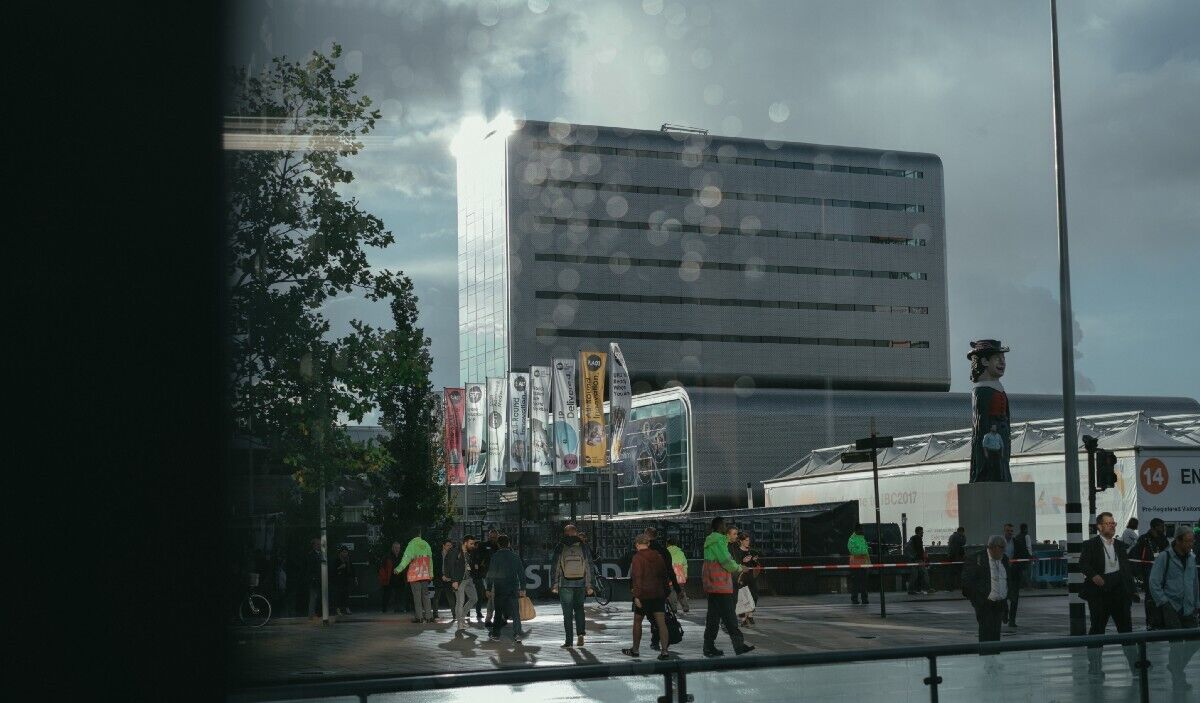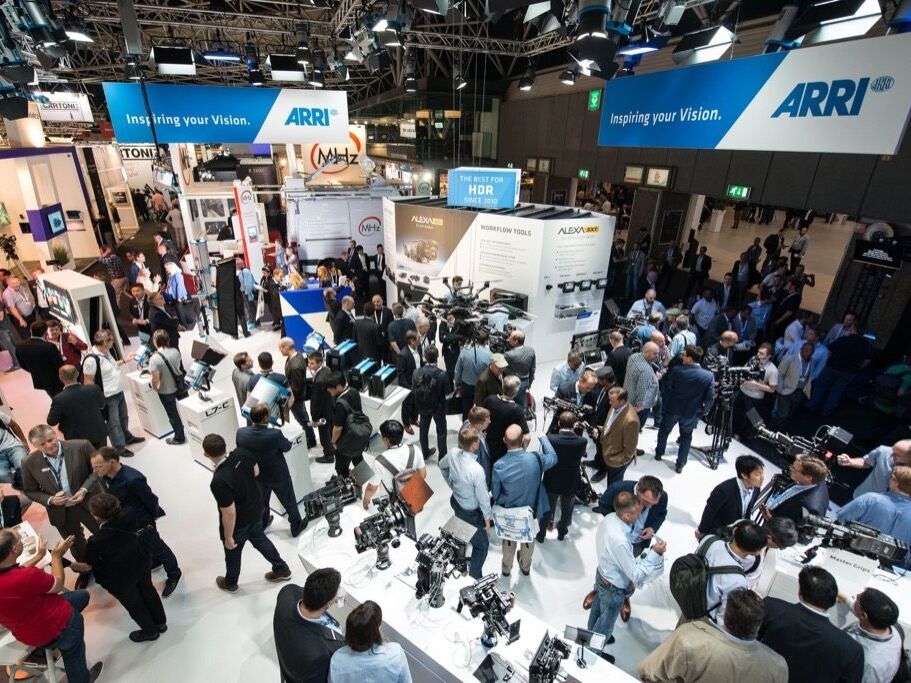IBC 2017 — Cinematographer’s Choice

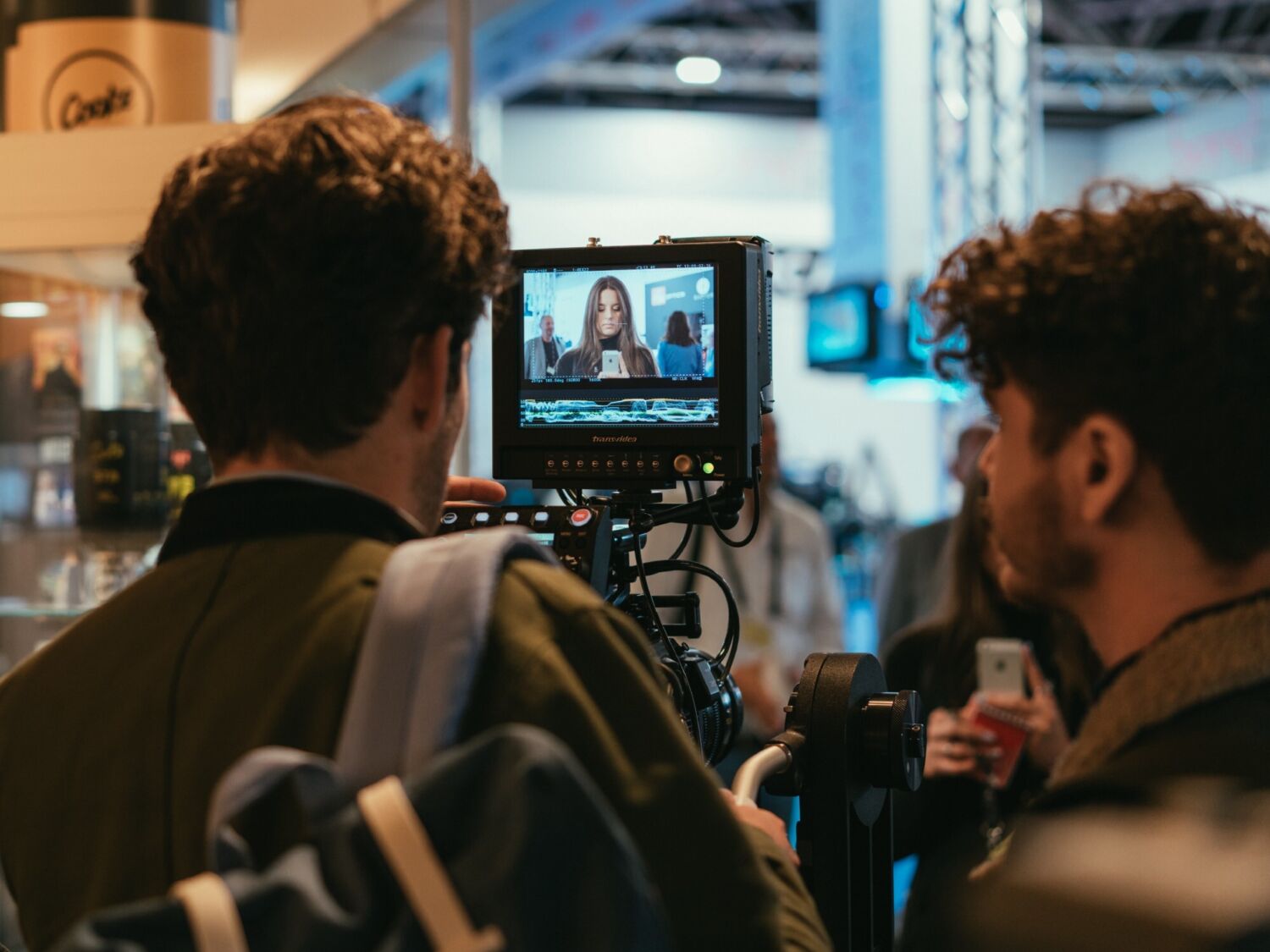
As if by magic, September had snuck up on us once again, meaning only one thing: it was time for the Storm & Shelter annual trip to IBC.
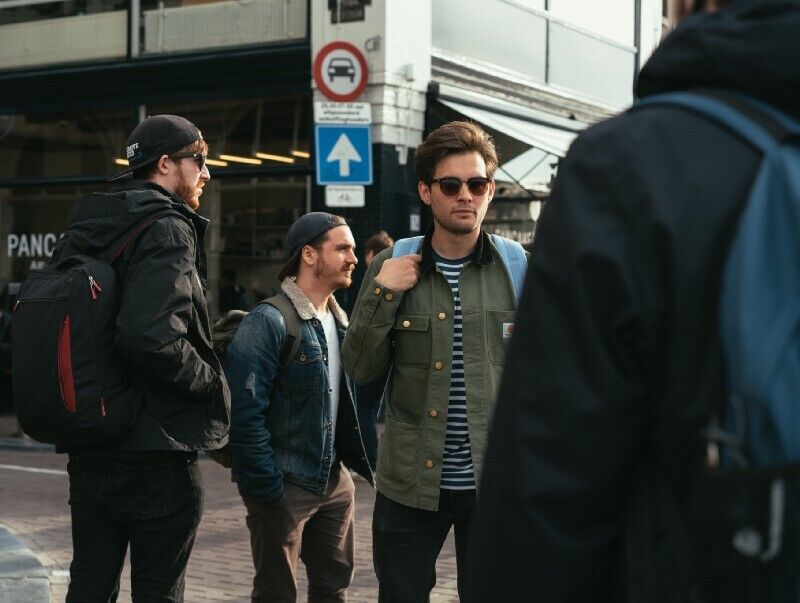

For those of you who aren’t aware of what IBC is, according to IBC themselves:
IBC is the premier annual event for professionals engaged in the creation, management and delivery of entertainment and news content worldwide.
Since we last graced the streets of Amsterdam with our excitable presence, our team had grown to eight! Which meant two things:
- It was really difficult to find an AirBnB to facilitate six smelly blokes and two ladies at the same time.
- Everyone had their own areas of expertise and sections of the show that they were most interested in.
The latter was great news for me — I was desperate to avoid the broadcast heavy, IP, data management halls. The production hall was my primary place of interest this year, and consequently I spent about 90% of my time in there, getting balls deep in horrendously techy conversations with several unsuspecting manufacturers.
Here are my top picks from this year’s show. Buckle up!
Cooke Speed Panchro Classics
This time last year, I approached the Cooke stand with some questions for Cooke chairman Les Zellan regarding Cooke’s recent announcement — the Speed Panchro Classics. With only 3D renders to look over at the time, Cooke claimed that these lenses were going to follow the same optical blueprints of the original Speed Panchros from the 1930s and produce extremely similar image characteristics, but with modern build quality and ergonomics such as equal diameter front elements and focus gearing.
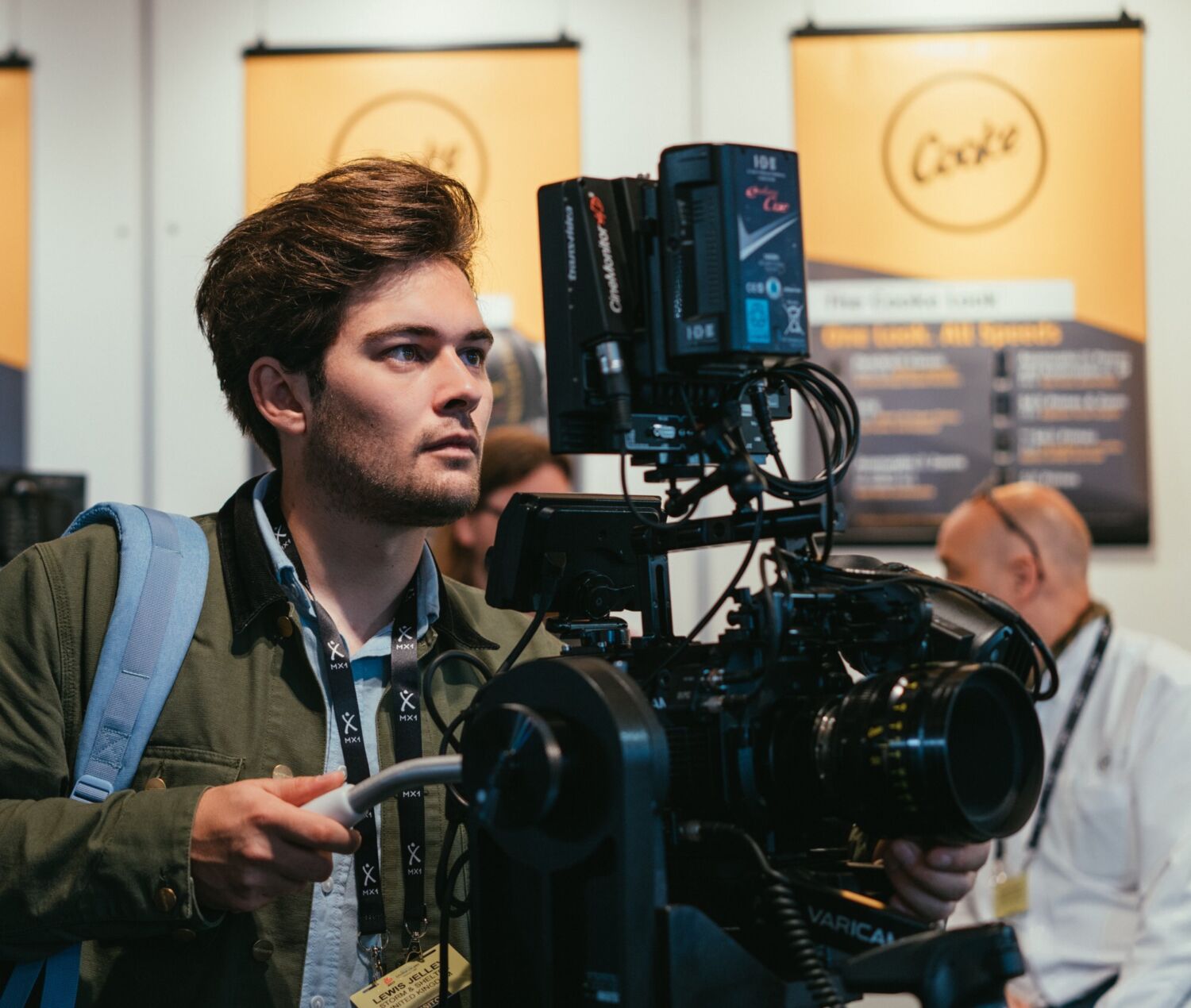

I was sceptical, because it seemed likely to me that what gave those original lenses their characteristic look was their flaws and imperfections, not something that can be recreated in a lab. I also raised concerns about the future of companies like TLS, who were relying on people buying and renting rehoused vintage lenses.
After checking out the new Classics on the stall, all of my concerns faded into insignificance. What a beautiful set of lenses these were! They definitely had the “Cooke look” and better still, the skin softness when the aperture was fully open was gorgeous! I likened them to the vintage Canon K35s (I recently shot a project with and really enjoyed the skin reproduction).
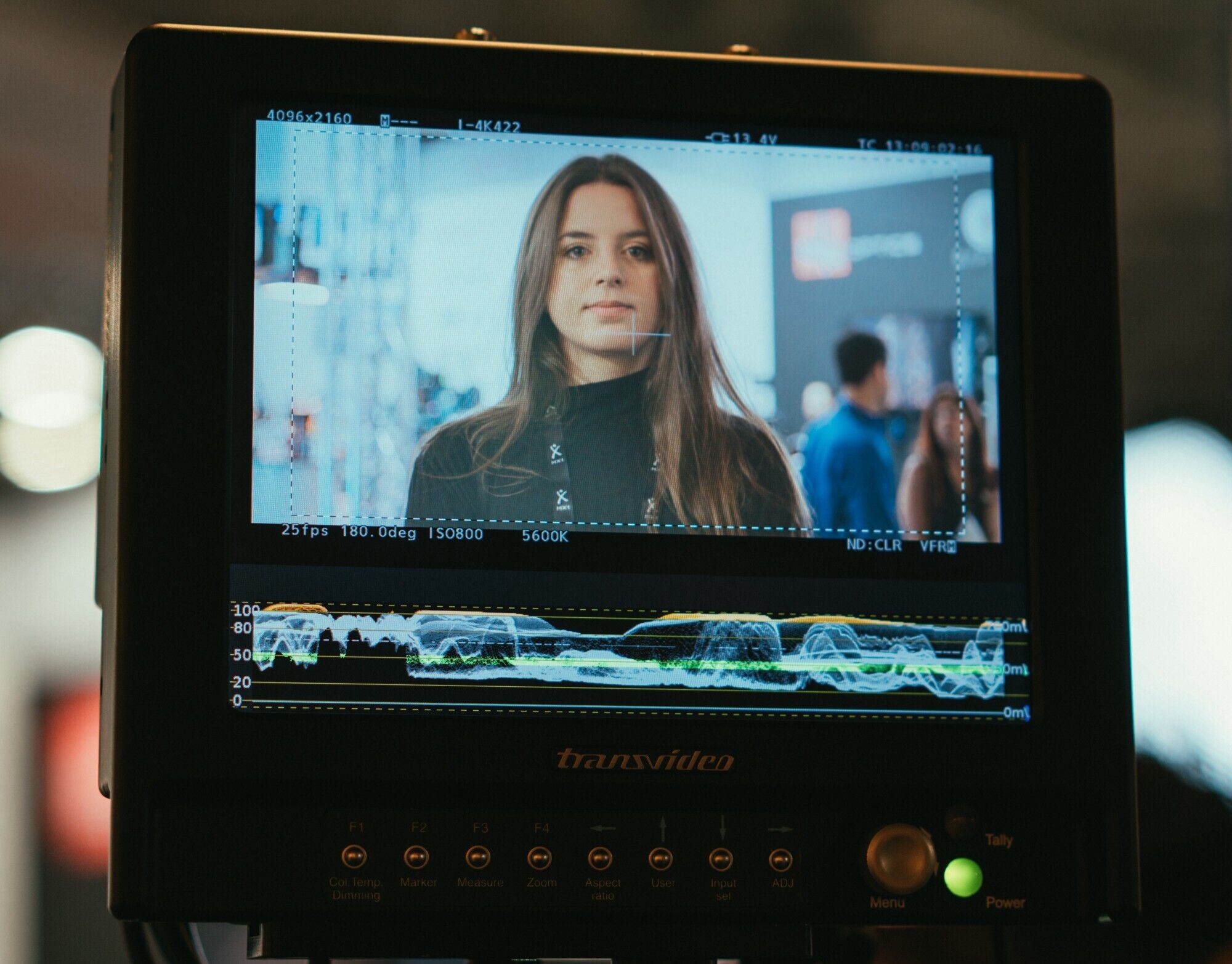
Better still, I spoke briefly with Les Zellan who was pleased to tell me that TLS have reportedly expressed good will towards the new Classics as it has driven new interest in the originals. He also pointed out that there are still plenty of other vintage lenses that need rehousing—ones that won’t soon be put into reproduction by their original manufacturers.
Kowa Evolution Anamorphics
Speaking of reproducing a classic, I was pleasantly surprised to see P+S Technik at IBC this year. Much like TLS, P+S provide a high standard rehousing service for vintage photography and film glass.
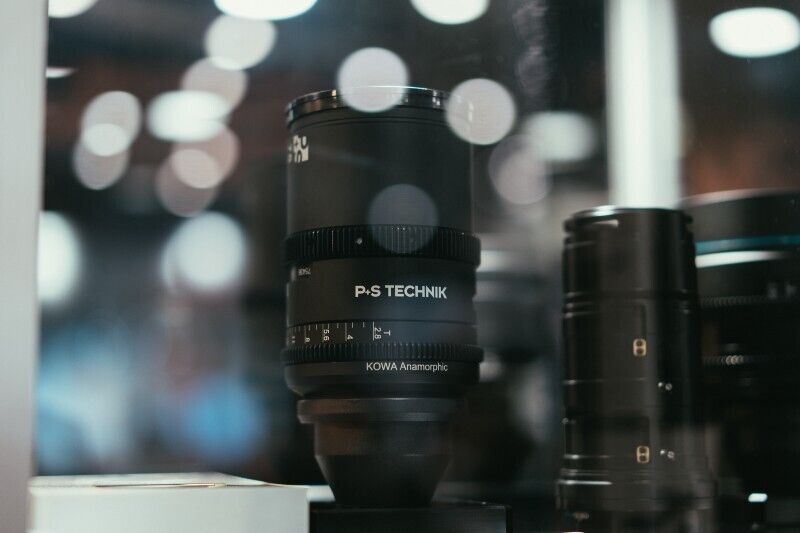
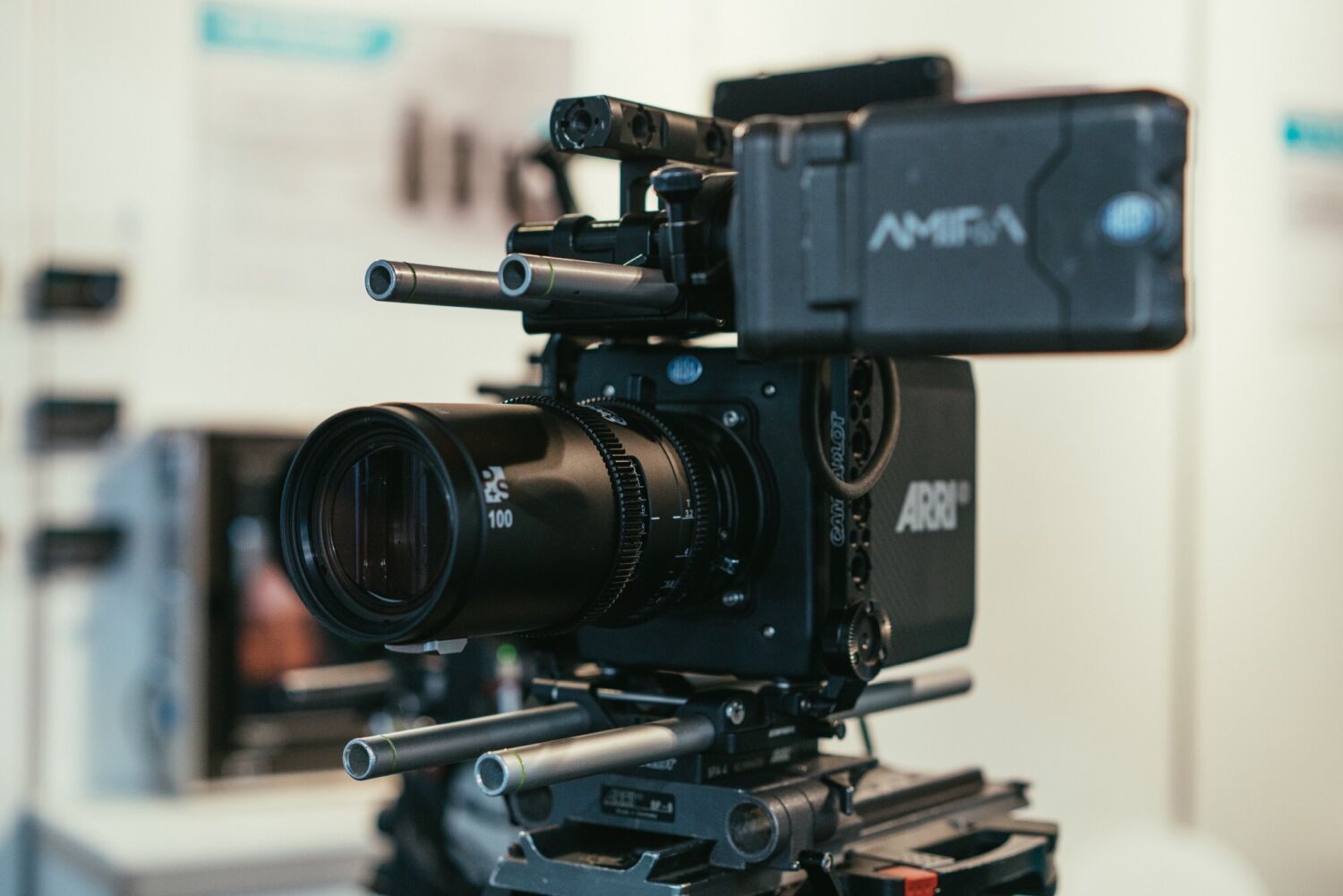
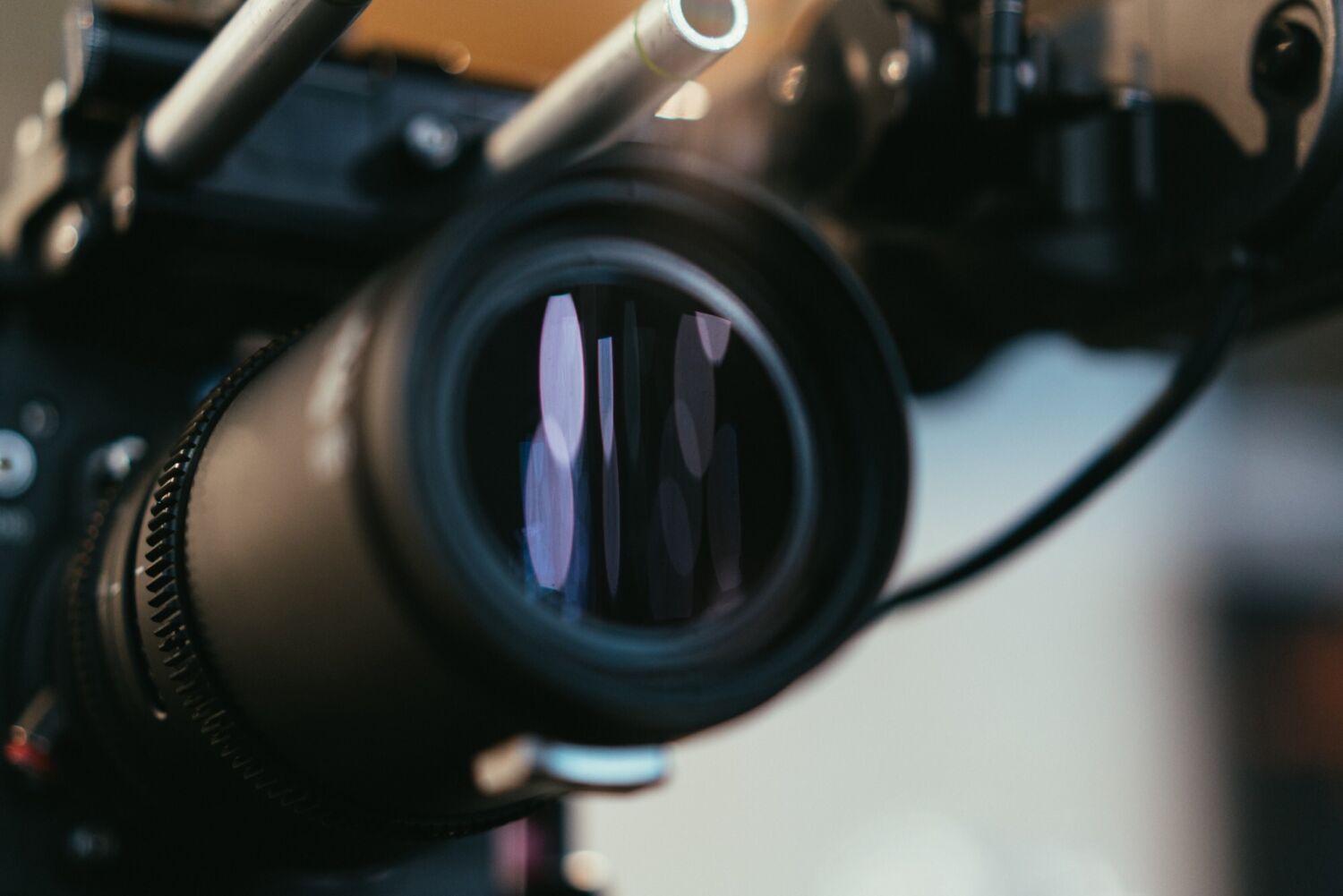
I have a shoot coming up next month for which I have rented some rehoused Kowa anamorphic lenses, and so I was keen to see if they had a set on display at the show. Much to my surprise, not only did they have a set of the originals on display, but I learned that they have just started to manufacture their own completely new versions of the Kowas — the Evolution range. Much like the Cooke Classics, the Kowa Evolutions make use of the original Kowa blueprints.
The 100mm on display (pictured above on the Alexa Mini) was a thing of beauty. Not only was it built like a tank, but the images it produced were exquisite. The Kowas definitely fall into the “interesting” anamorphic category, both in bokeh and in flare, so I was pleased to see these qualities maintained. I was also lucky enough be one of the first people to mount the 50mm to a camera, and that was just as much of a treat for the eyes. I cannot wait to shoot with these lenses!
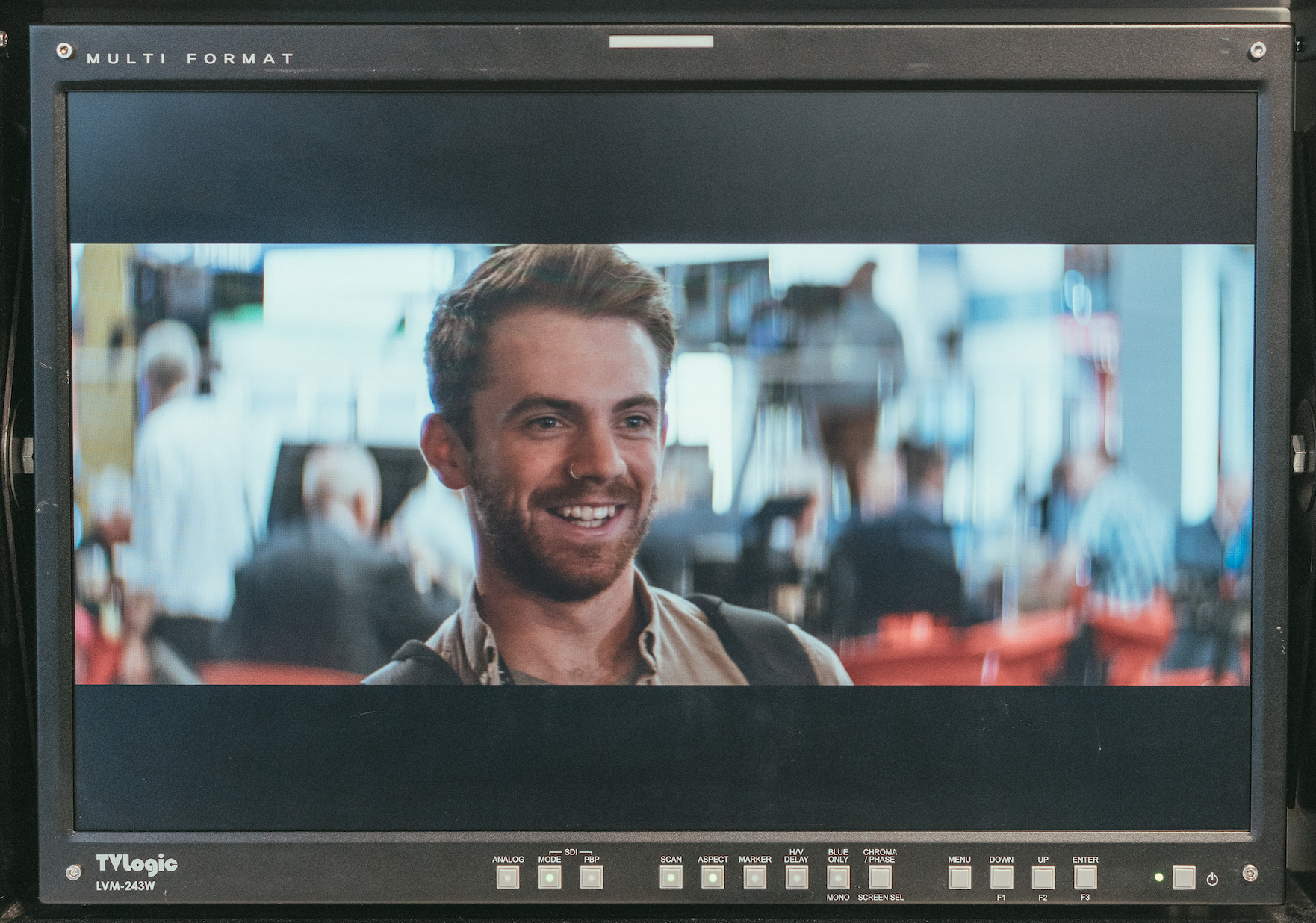
Sony Venice
For a while, the gear heads among us had been waiting for the camera that would replace the Sony F65, which had started collecting dust in its old age (it was released in 2012). Many were anticipating an 8K, super-35mm-sensored beast. The introduction of the 6K, full-frame-sensored Venice must have come as a bit of a curveball. What was also surprising was the discontinuation of Sony’s F range, instead opting for a more emotive naming convention. I wonder where they got that idea from? Having said that, looking at the body design, it’s not hard to guess.
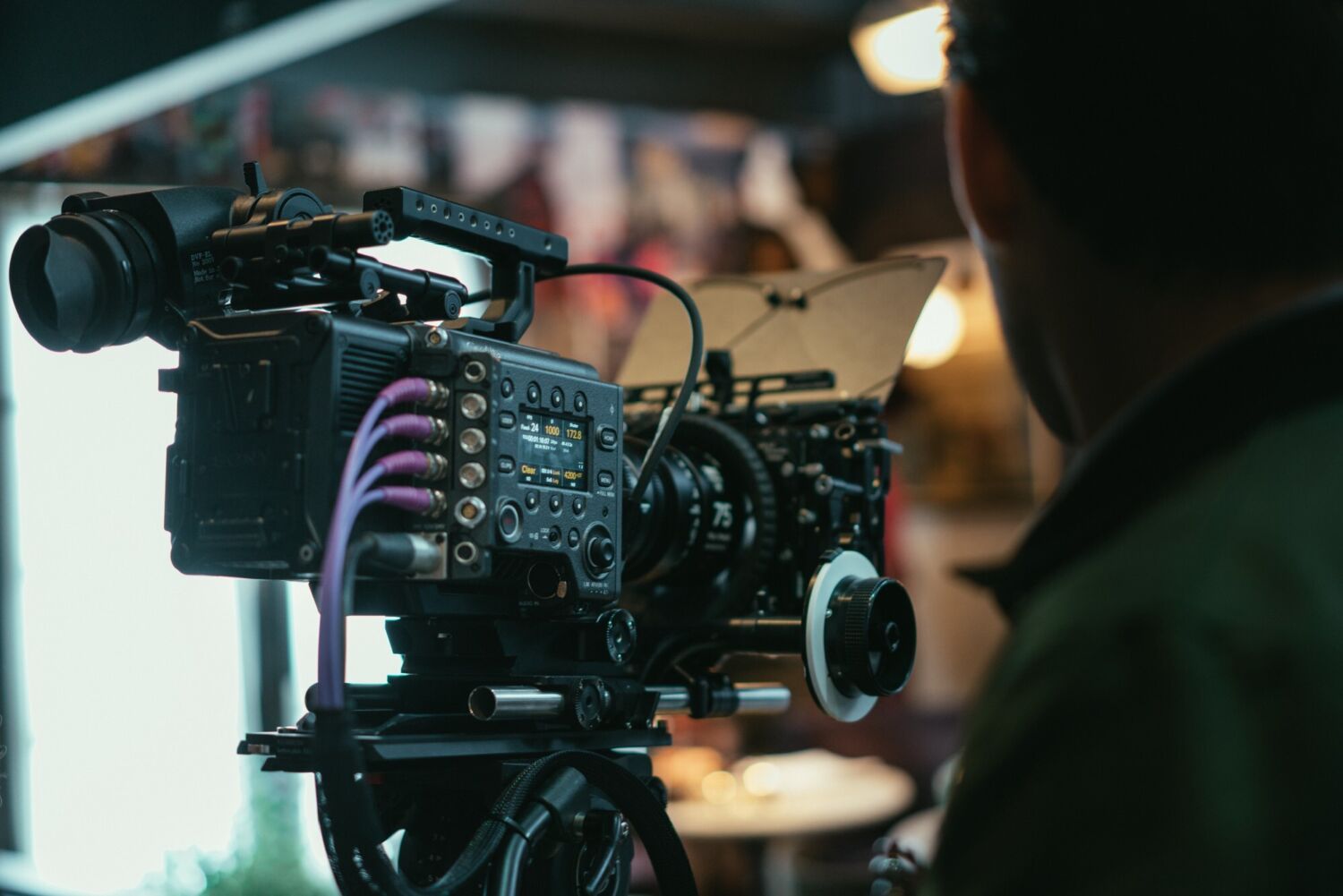
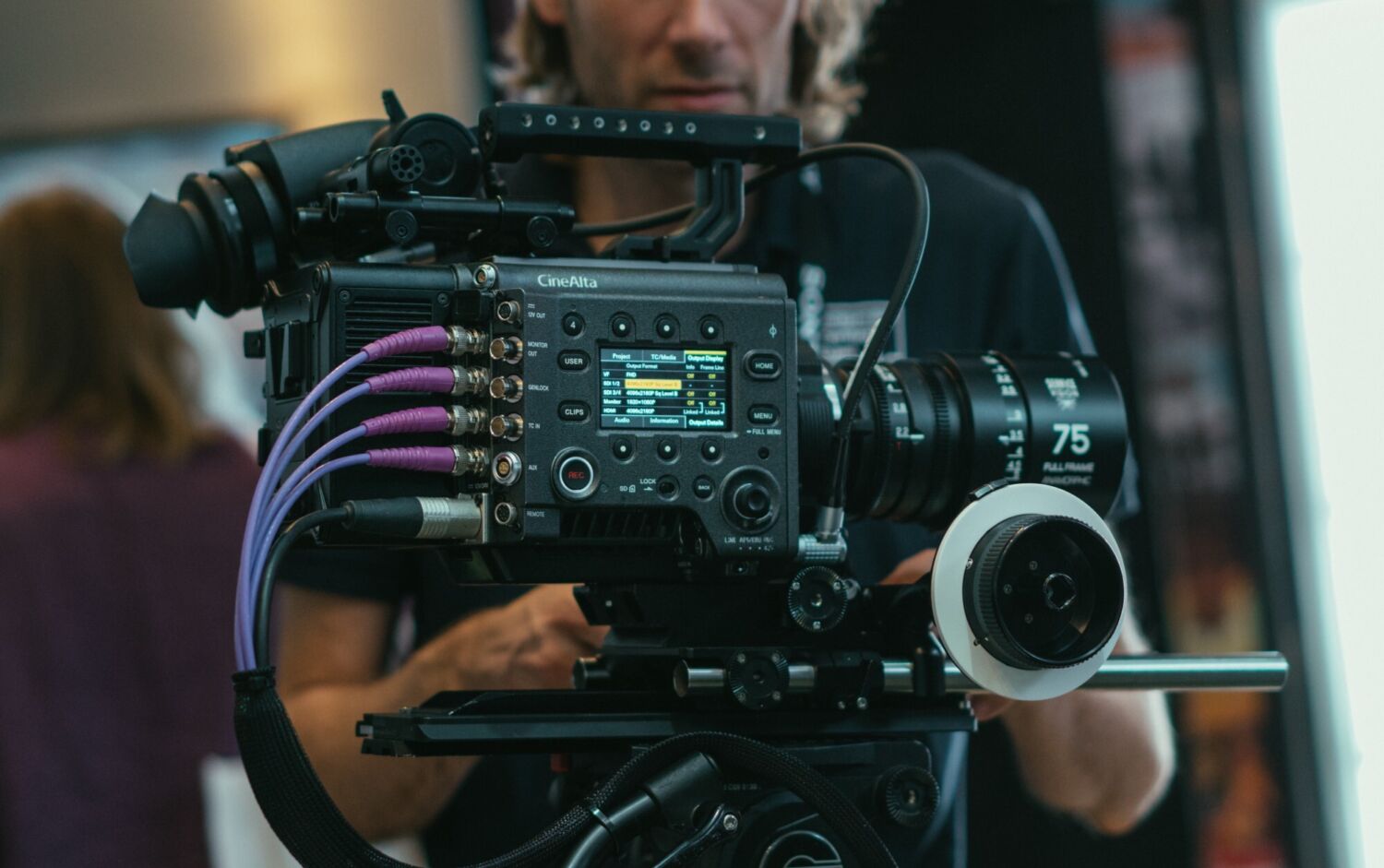
The Venice is a lovely looking camera. With its dark grey paint job and easy-to-understand dual-panel display, it certainly comes as a breath of fresh air to those who have been used to navigating the menu system of other Sony cameras such as the FS7 or Alpha range *vomits in mouth*.
There are a few features about this camera that have me excited.
Firstly, the decision to go 6K full frame. I am a real fan of the RED Dragon 6K sensor, and I believe that size creates a really nice balance between resolution and sensitivity, so to see another manufacturer pursuing that route is great.
Secondly, and more excitingly for me, Sony are finally joining the land of the 4:3 sensor crop mode for anamorphic lenses. Before now, if you wanted to utilise the height of a sensor that large, you had to plonk your anamorphic lenses on an a7S, which—trust me—was a nervy experience. It also gave you a 3.55:1 aspect ratio, which was a bit, well…weird. Real 4K anamorphic images? Get in my face.
Thirdly, the camera captures 15+ stops of dynamic range in 16 bit RAW. 9 stops down, 6 stops up at its base ISO of 500. 9 Stops down! Madness. After standing in the grading booth for 10 minutes, I can confidently say that they really aren’t flattering the camera with these numbers. It looks really bloody good.
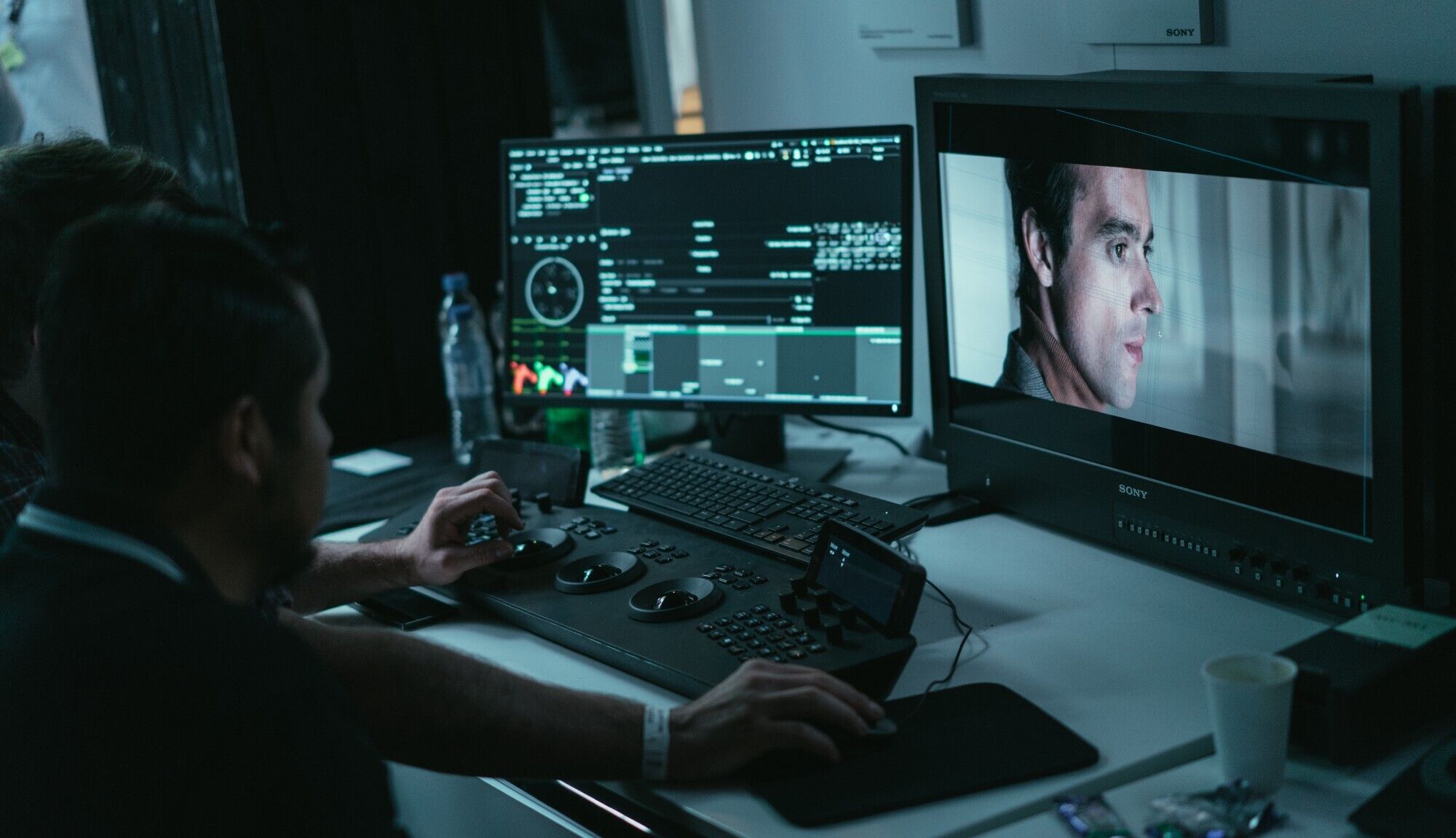
It is a little annoying to have to bring this up, but I am quite surprised that there aren’t any high frame rates available to the camera at this time. Unless you consider 6ofps high. If this doesn’t change with upcoming firmware/sensor tweaks, I could see this being a major stopper in the rental appeal of this camera, which otherwise looks to be a total monster.
Panasonic EVA-1
I was initially getting excited about this camera upon its announcement, mainly because of its 5.7K sensor, giving it the ability of shooting “true” 4K images.
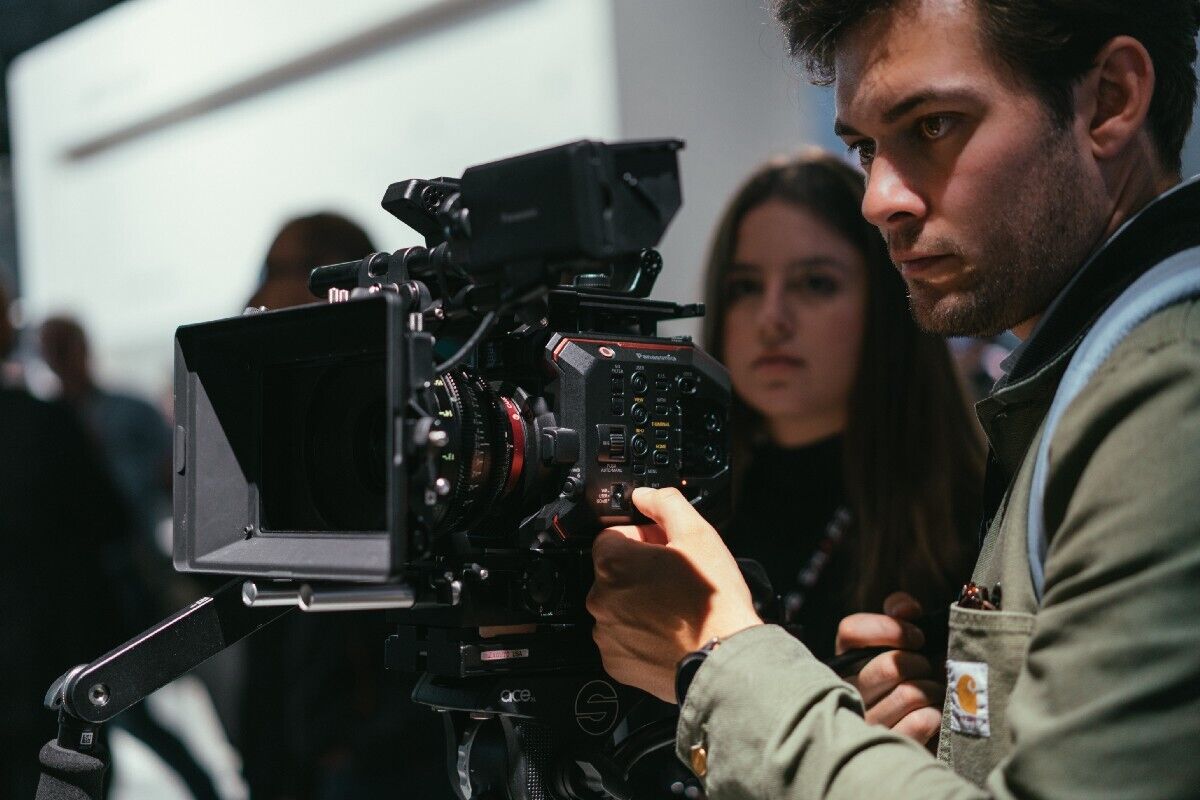
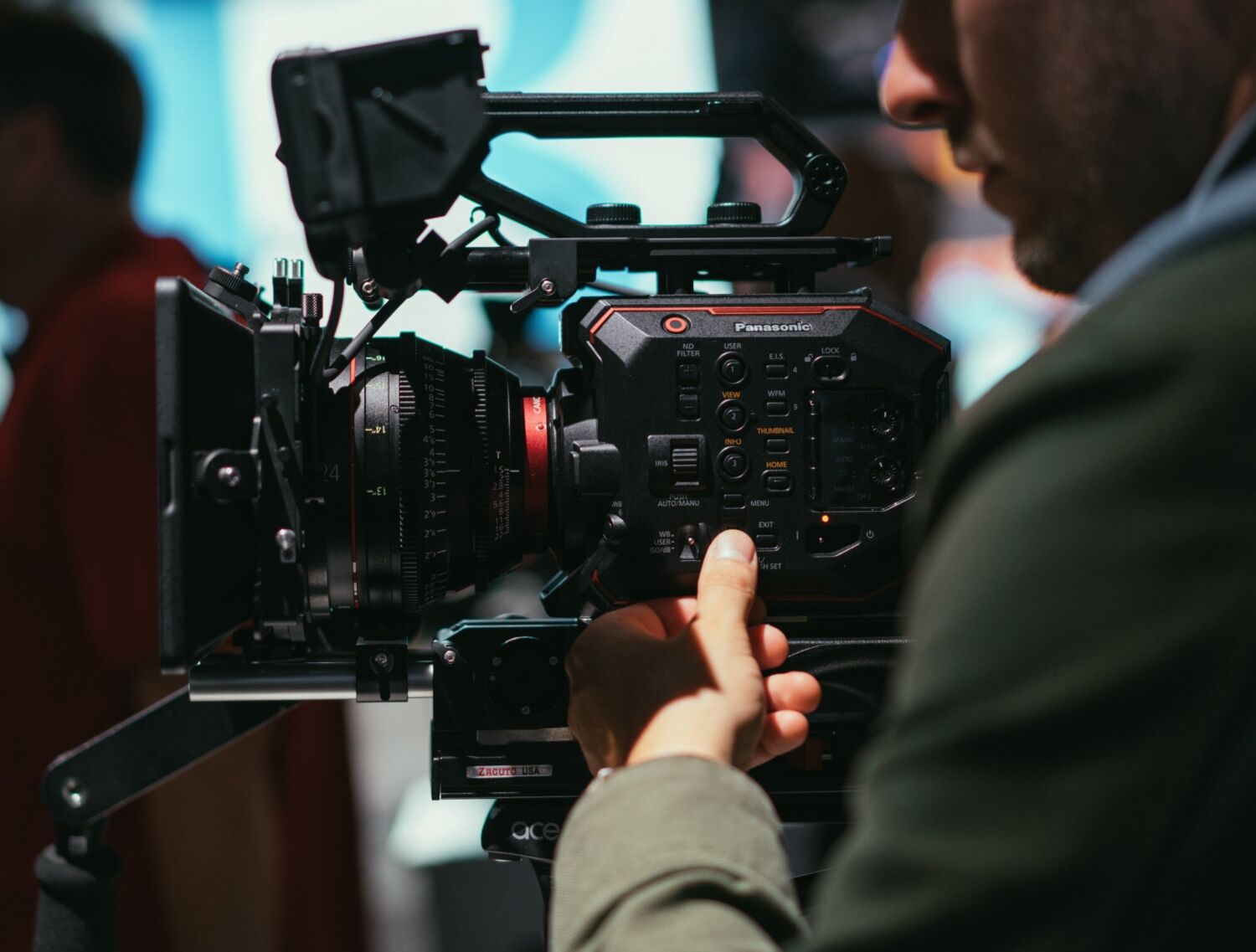
After the fizzing in my trousers had subsided, and I read further down the crib sheet, I was left feeling a bit deflated. I thought this camera was going to be a true competitor for the FS7 range—the camera that we all needed to end the disappointing efforts of Canon. Yes, it does have a 5.7K sensor. Yes, you can output a RAW signal to an external recorder. And yes, it does look about as ergonomic as an FS7. In my opinion however, it has one pretty major flaw — an EF mount.
As much as I like the EF range for photography (and yes, there are a lot of Canon spec lenses out there), when it comes to creating cinematic images, the ability to use PL glass is a must. At least with the Sony E-Mount you can adapt it to EF, or PL, or pretty much anything due to its shallow flange distance. With EF, you’re pretty much stuck on EF. For me, this is a big deal, and something which is causing me reluctance to want to test this camera. I’m going to wait until more test footage is released before giving it a second chance to win my heart.
Arri SkyPanel & T-Shirts
Lastly, the ARRI stand. I went to the ARRI stand at IBC this year with two intentions — to have a good look at their new SkyPanel (the S360-C) and to once and for all settle my ongoing merch feud. Luckily, within ten seconds of being on the stand, Charlotte — our new production coordinator — had bagged us couple of t-shirts, much to my amazement. I also received a text from Mark at ARRI, promising to send us some more merch. It was as if someone had read my blog! All credit to Mark for being a total chap and sorting us out.
All that was left was for us to have a good look at the panel. As if it wasn’t enough for ARRI to make the brightest, most accurate, most versatile in the LED game, but now they’re making the biggest panels too. It’s hard to explain in writing just how bloody bright that light is, even at really obscure colour hues.
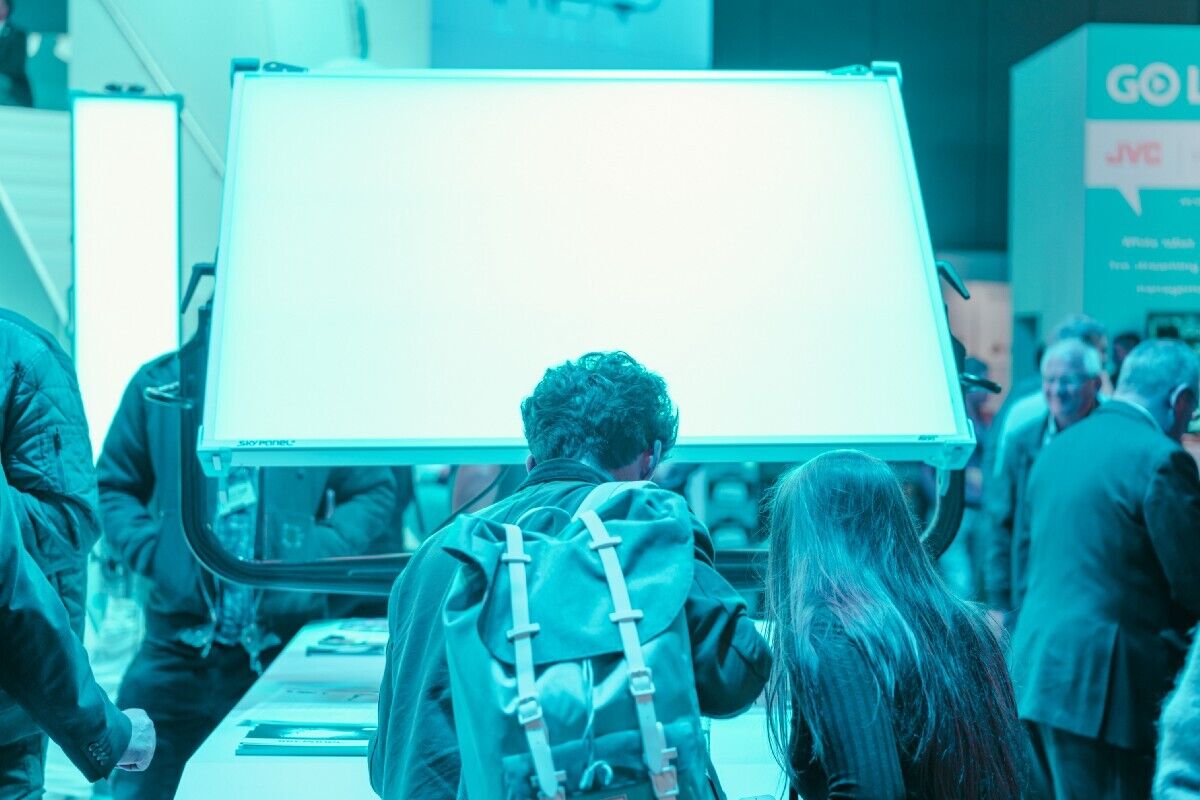
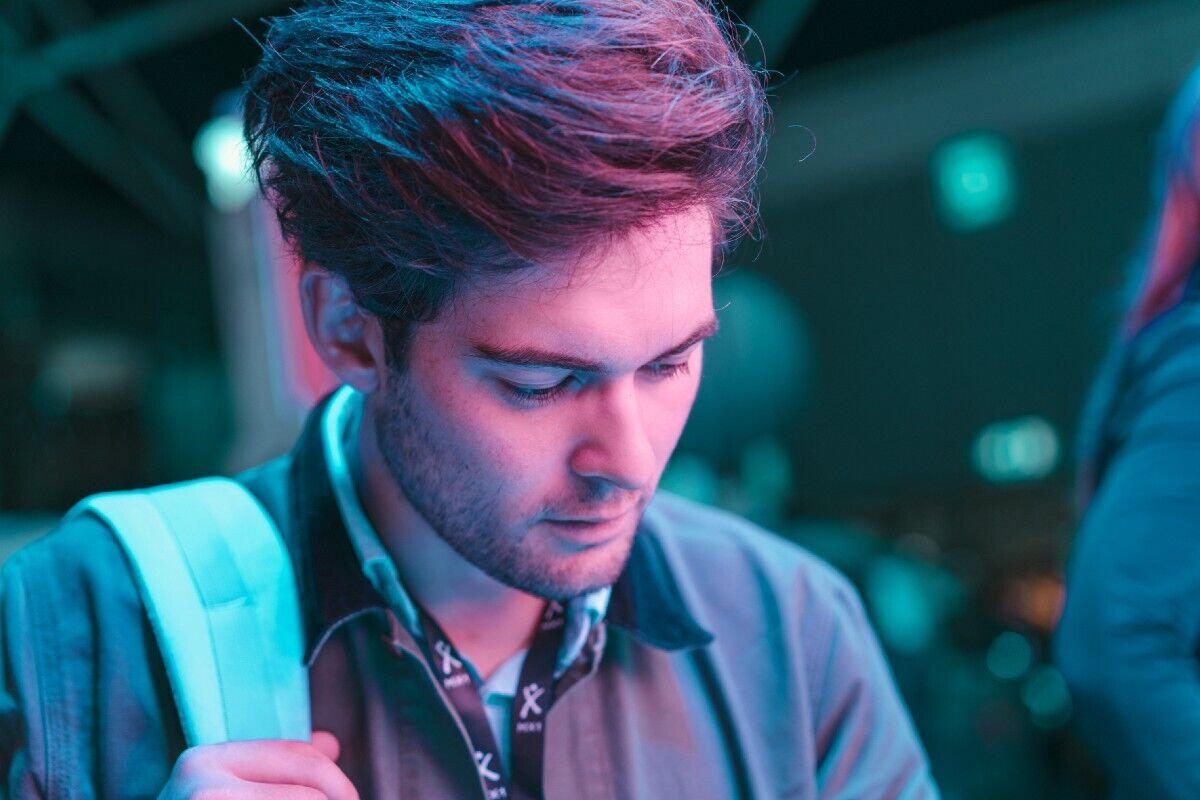
The handheld control unit is really easy to use, and as we’ve seen with the other panels in the range, you can just scroll through several brands of gel codes and replicate the colour instantly. See you later, gel!
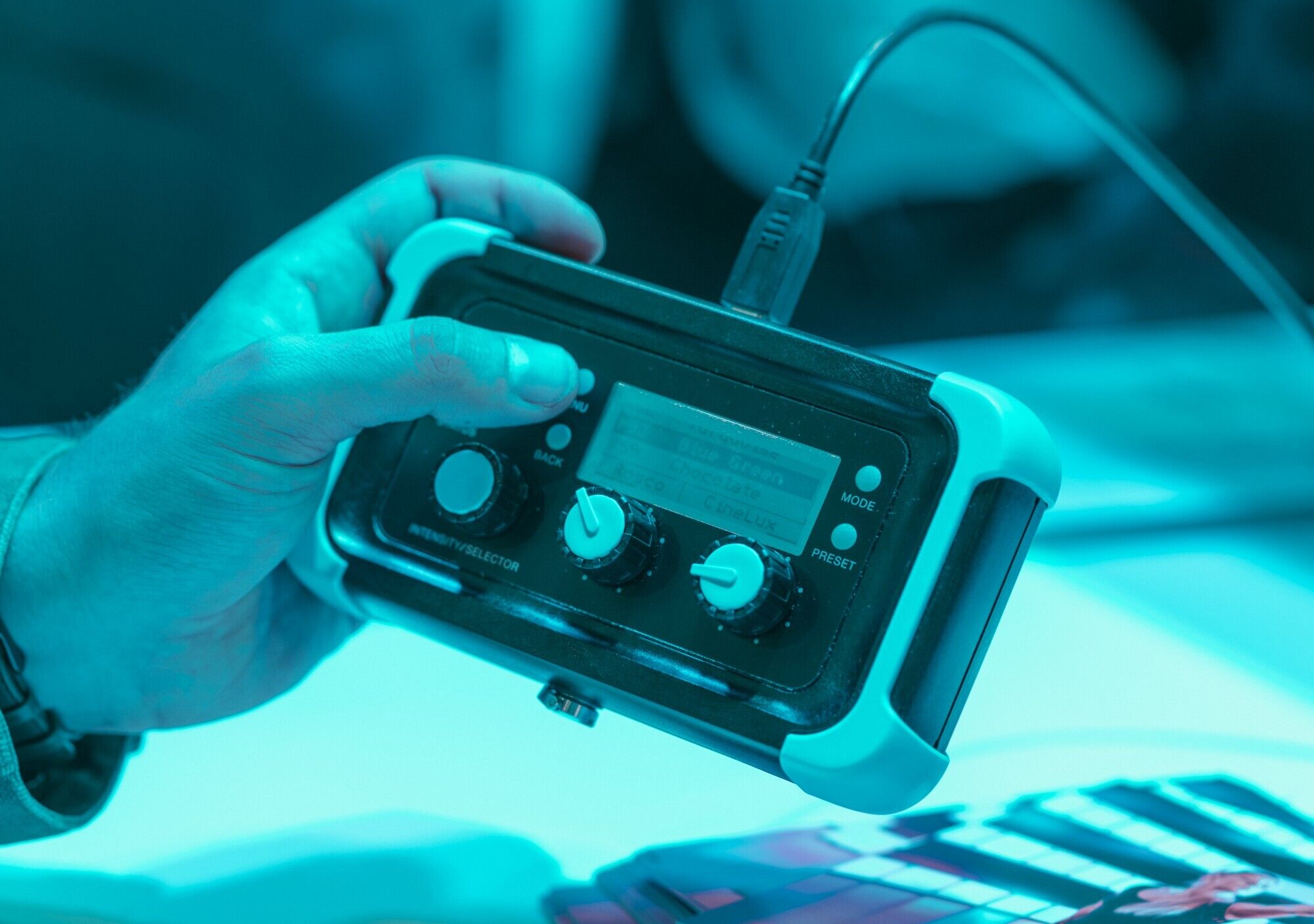
As with all of these expos, a lot of what I’ve written in this article is based on a very short amount of time spent at each stand and so probably shouldn’t be carved in stone as my conclusive opinion on each item. However, it is always beneficial to get some first-hand experience with the kit, and more importantly speak to the manufacturers.
I’m very much looking forward to doing some more research and tests in the near future! Until next time, IBC.
